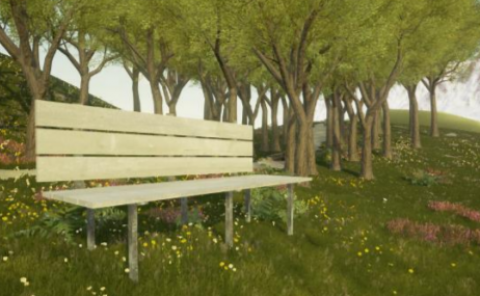Physics holo.lab learning experience: Using Smartglasses for Augmented Reality labwork to foster the concepts of heat conduction
PubDate: Apr 2018
Teams: University of Kaiserslautern;Embedded Intelligence Laboratory; LMU M¨unchen
Writers: M. P. Strzys, S. Kapp, M. Thees, P. Klein, P. Lukowicz, P. Knierim, A. Schmidt, J. Kuhn

Abstract
Fundamental concepts of thermodynamics rely on abstract physical quantities such as energy, heat and entropy, which play an important role in the process of interpreting thermal phenomena and statistical mechanics. However, these quantities are not covered by human (visual) perception and thus, an intuitive understanding often is lacking. Today immersive technologies like head-mounted displays of the newest generation, especially HoloLens, allow for high quality augmented reality learning experiences, which can overcome this perception gap and simultaneously avoid a split attention effect. In a mixed reality (MR) scenario as presented in this paper—which we call a holo.lab—human perception can be extended to the thermal regime by presenting false-color representations of the temperature of objects as a virtual augmentation directly on the real object itself in real-time. Direct feedback to experimental actions of the users in form of different representations allows for immediate comparison to theoretical principles and predictions and therefore is supposed to intensify the theory-experiment interactions and to increase the conceptual understanding. We tested this technology for an experiment on thermal conduction of metals in the framework of undergraduate laboratories. A pilot study with treatment and control groups (N = 59) showed a small positive effect of MR on students’ performance measured with a standardized concept test for thermodynamics, indicating an improvement of the understanding of the underlying physical concepts.


